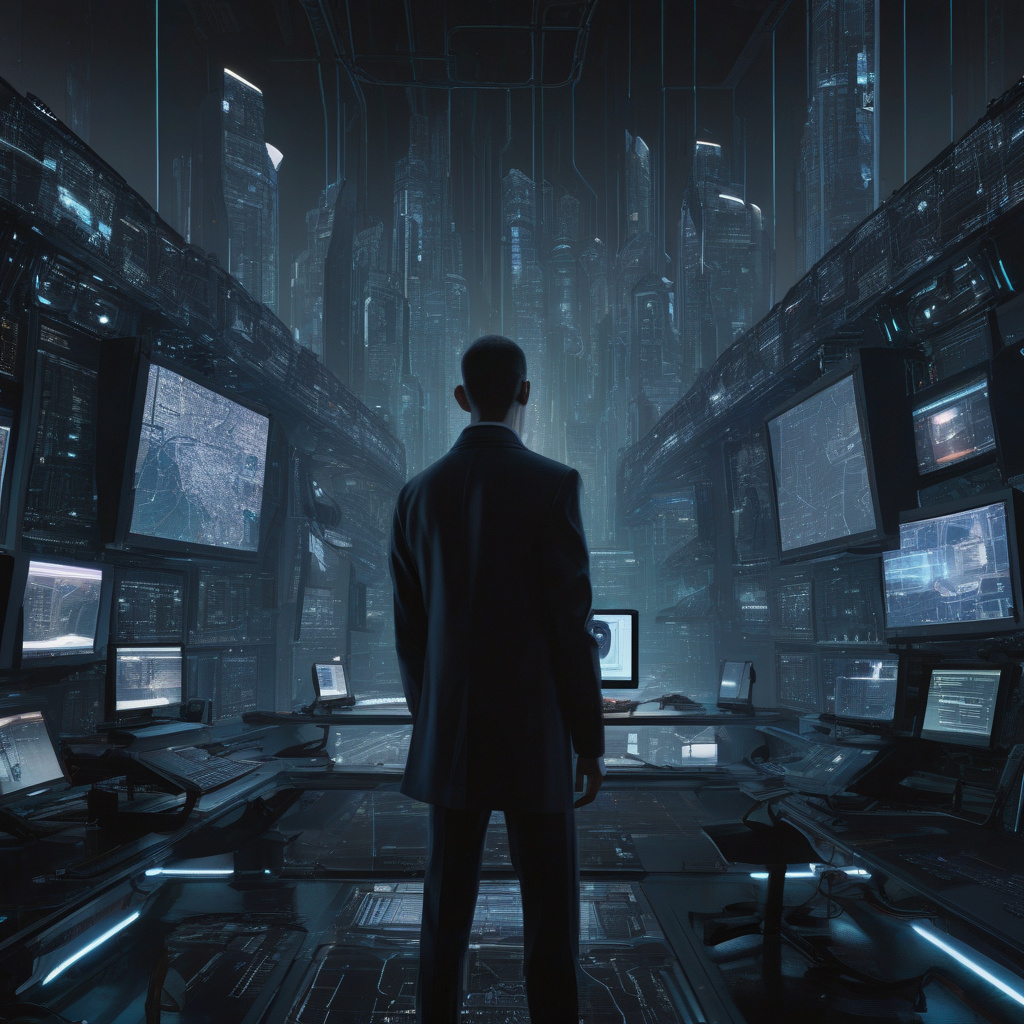In today’s rapidly evolving digital landscape, the intersection of artificial intelligence (AI), automation, and the dark web is fueling a formidable array of cybersecurity threats. Attackers are capitalizing on the advantages offered by cutting-edge technology and the easy accessibility of tools, credentials, and resources to craft increasingly sophisticated attacks at an unprecedented pace. This trend is placing defenders in a challenging position, constantly playing catch-up to mitigate these evolving threats effectively.
The integration of AI and automation in cyber attacks has significantly amplified the scale and complexity of security breaches. By harnessing AI algorithms, threat actors can analyze vast amounts of data swiftly to identify vulnerabilities and launch targeted attacks with precision. Automation further streamlines these processes, enabling attackers to execute coordinated campaigns at scale without human intervention. This dynamic duo of AI and automation empowers cybercriminals to stay ahead of traditional security measures, posing a significant challenge for organizations striving to safeguard their digital assets.
Moreover, the dark web serves as a breeding ground for illicit activities, offering a marketplace where threat actors can procure tools, services, and stolen credentials with ease. This underground ecosystem provides a cloak of anonymity for cybercriminals to conduct their operations beyond the reach of law enforcement. The anonymity afforded by the dark web enables threat actors to collaborate, share expertise, and exchange resources to enhance the sophistication of their attacks. As a result, organizations face a formidable adversary that operates in the shadows, constantly evolving its tactics to evade detection and maximize impact.
By leveraging the benefits of new technology and the abundance of commodity tools and resources available on the dark web, attackers are reshaping the cybersecurity landscape. The speed at which sophisticated attacks are being developed presents a significant challenge for defenders, necessitating a proactive and adaptive approach to cybersecurity. To effectively counter these evolving threats, organizations must embrace a holistic cybersecurity strategy that integrates advanced technologies, threat intelligence, and proactive defense measures.
One key aspect of this strategy is the adoption of AI-driven security solutions that can augment human capabilities and bolster defense mechanisms. AI-powered tools can analyze vast datasets in real-time, detect anomalies, and respond to threats at machine speed, enabling organizations to stay ahead of emerging threats. By harnessing the power of AI, defenders can enhance their ability to detect, investigate, and mitigate cyber attacks more effectively, thereby strengthening their overall security posture.
Furthermore, organizations must prioritize threat intelligence gathering and information sharing to stay abreast of the latest cyber threats and trends. By monitoring the dark web for indicators of potential attacks, organizations can proactively fortify their defenses and preemptively address emerging threats before they materialize. Collaboration with industry peers, government agencies, and cybersecurity experts is essential to collectively combat the evolving threat landscape and enhance the resilience of the digital ecosystem.
In conclusion, the convergence of AI, automation, and the dark web is reshaping the cybersecurity landscape, presenting new challenges and opportunities for defenders. By understanding the tactics employed by threat actors and embracing innovative security solutions, organizations can enhance their cyber defense capabilities and effectively mitigate the risks posed by evolving cyber threats. A proactive and collaborative approach to cybersecurity is paramount in safeguarding digital assets and maintaining trust in an increasingly interconnected world.

